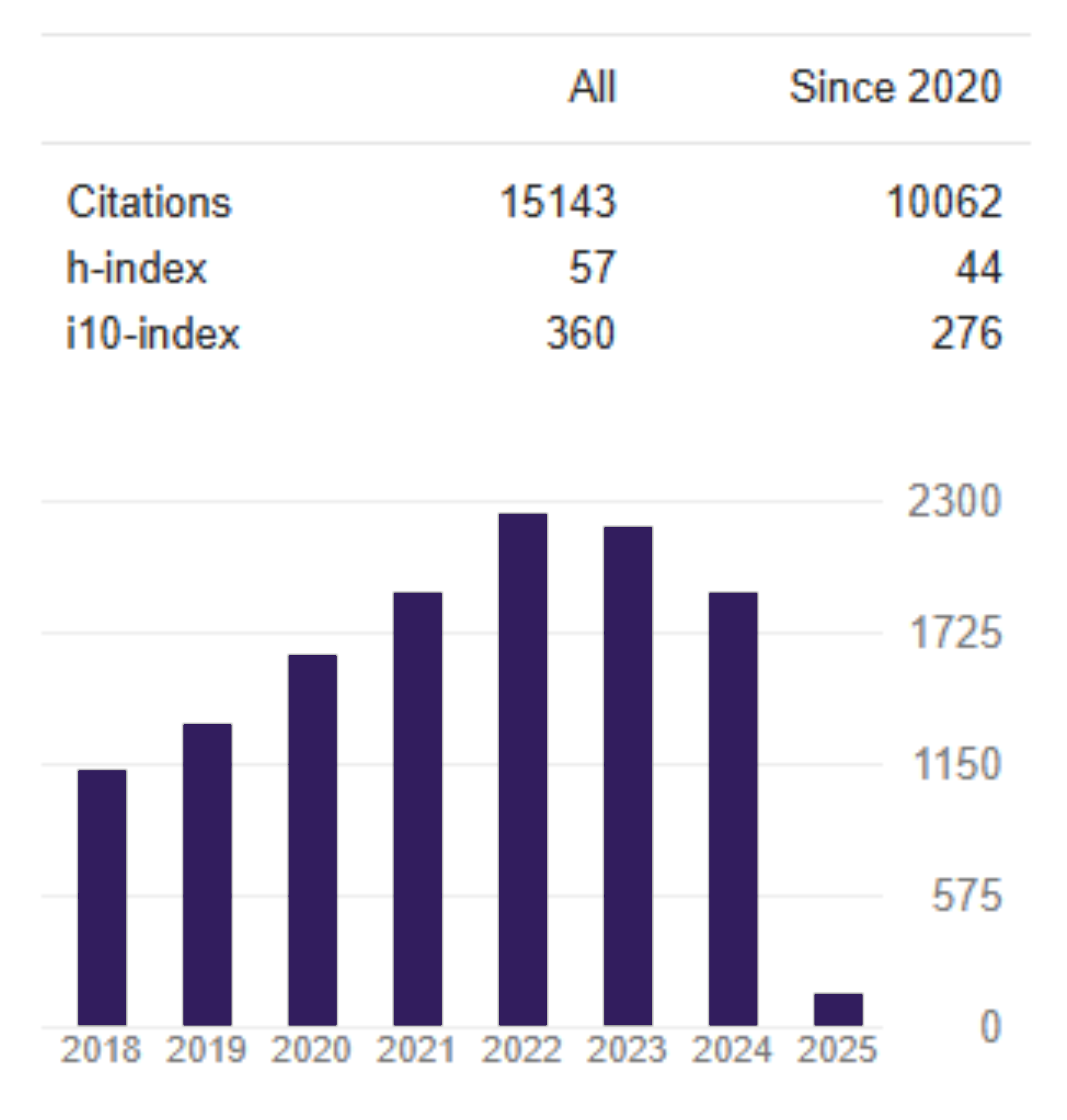The effect of productivity on liquidity under financial frictions
DOI:
https://doi.org/10.26905/jkdp.v23i2.3191Keywords:
Financial frictions, Liquidity, Misallocation, Total factor productivityAbstract
Productivity is something that can affect the distribution of the characteristics of the assets. In this study, we investigate whether manufacturing firms in Indonesia that have high productivity have a high level of liquidity. This study uses data from manufacturing firms listed on the Indonesia Stock Exchange in the period of 2008 to 2017. We estimate the productivity level of the firm using the Generalized Method of Moments (GMM) and effects of productivity on the liquidity of the firm using the linear panel model. Results show that manufacturing firms in Indonesia with high productivity levels tend to have a higher level of liquidity than firms with lower levels of productivity. Even if Indonesia already adopt a market-based financial system, other types of financial frictions cause that firms allocate more of their resource to liquid assets than to fixed assets. Even though the effects of misallocation became weaker, misallocations of resources in manufacturing firms Indonesia are still found from a robustness test.
JEL Classifications: G15, G31, G32
Downloads
References
Almeida, H., Campello, M., & Weisbach, M. S. (2004). The cash flow sensitivity of cash. The Journal of Finance, 59(4), 1777-1804. https://doi.org/10.1111/j.1540-6261.2004.00679.x
Bates, T. W., Kahle, K. M., & Stulz, R. M. (2009). Why do US firms hold so much more cash than they used to? The Journal of Finance, 64(5), 1985-2021. https://doi.org/10.1111/j.1540-6261.2009.01492.x
Buera, F. J., Kaboski, J. P., & Shin, Y. (2011). Finance and development: A tale of two sectors. American Economic Review, 101(5), 1964-2002. https://doi.org/10.1257/aer.101.5.1964
Duchin, R. (2010). Cash holdings and corporate diversification. The Journal of Finance, 65(3), 955-992. https://doi.org/10.1111/j.1540-6261.2010.01558.x
Fazzari, S., Hubbard, R. G., & Petersen, B. (1988). Investment, financing decisions, and tax policy. The American Economic Review, 78(2), 200-205. Retrieved from http://www.jstor.org/stable/1818123
Feng, F. Z., Lu, J., & Wang, J. (2017). Productivity and liquidity management under costly financing. Journal of Corporate Finance. https://doi.org/10.1016/j.jcorpfin.2017.09.009
Hsieh, C. T., & Klenow, P. J. (2009). Misallocation and manufacturing TFP in China and India. The Quarterly Journal of Economics, 124(4), 1403-1448. https://doi.org/10.1162/qjec.2009.124.4.1403
Levinsohn, J., & Petrin, A. (2003). Estimating production functions using inputs to control for unobservables. The Review of Economic Studies, 70(2), 317-341. https://doi.org/10.1111/1467-937X.00246
Midrigan, V., & Xu, D. Y. (2014). Finance and misallocation: Evidence from Plant-Level Data. American Economic Review, 104(2), 422-58. https://doi.org/10.1257/aer.104.2.422
Moll, B. (2014). Productivity losses from financial frictions: Can self-financing undo capital misallocation? American Economic Review, 104(10), 3186-3221. https://doi.org/10.1257/aer.104.10.3186
Nasution, A. (Ed.). (2015). Macroeconomic Policies in Indonesia: Indonesia Economy since the Asian Financial Crisis of 1997. Routledge.
Opler, T., Pinkowitz, L., Stulz, R., & Williamson, R. (1999). The determinants and implications of corporate cash holdings. Journal of financial economics, 52(1), 3-46. https://doi.org/10.1016/S0304-405X(99)00003-3
Restuccia, D., & Rogerson, R. (2008). Policy distortions and aggregate productivity with heterogeneous establishments. Review of Economic Dynamics, 11(4), 707-720. https://doi.org/10.1016/j.red.2008.05.002
Restuccia, D., & Rogerson, R. (2012). Misallocation and productivity. Review of Economic dynamics, 16(1), 1-10. https://doi.org/10.1016/j.red.2012.11.003
Rosengard, J. K., & Prasetyantoko, A. (2011). If the banks are doing so well, why can't I get a loan? Regulatory constraints to financial inclusion in Indonesia. Asian Economic Policy Review, 6(2), 273-296. https://doi.org/10.1111/j.1748-3131.2011.01205.x
Riddick, L. A., & Whited, T. M. (2009). The corporate propensity to save. The Journal of Finance, 64(4), 1729-1766. https://doi.org/10.1111/j.1540-6261.2009.01478.x
Nugroho, V. C., & Suk, K. S. (2019). The relationship between leverage, maturity, and investment decision: Evidence from emerging markets. Organizations and Markets in Emerging Economies, 10(1).
Winker, P. (1999). Causes and effects of financing constraints at the firm level. Small Business Economics, 12(2), 169-181. https://doi.org/10.1023/A:1008035826914
Zhang, W. (2015). R&D investment and distress risk. http://dx.doi.org/10.2139/ssrn.2327688
Downloads
Published
Issue
Section
License

This work is licensed under a Creative Commons Attribution-ShareAlike 4.0 International License.



